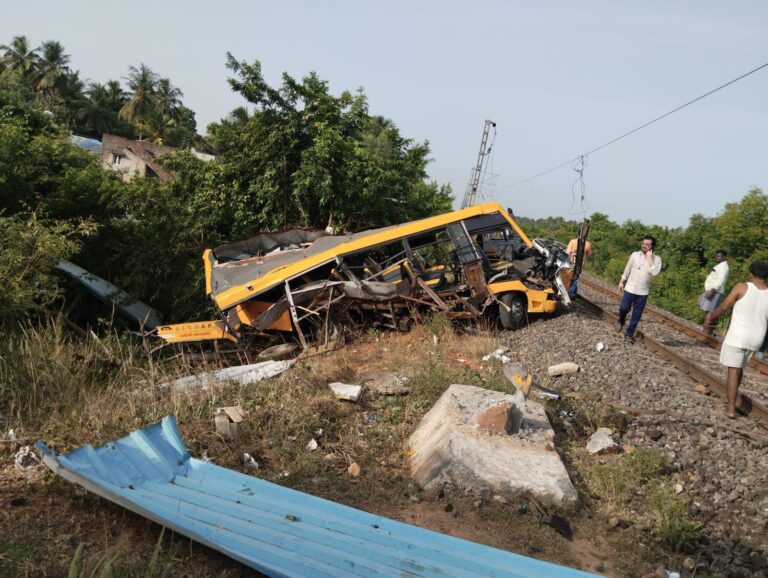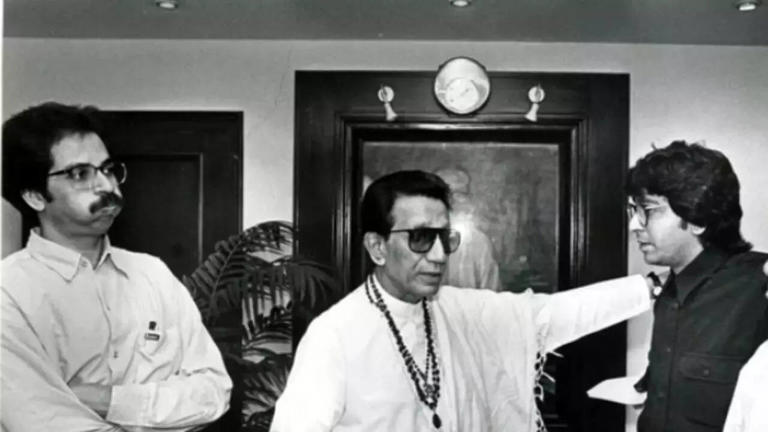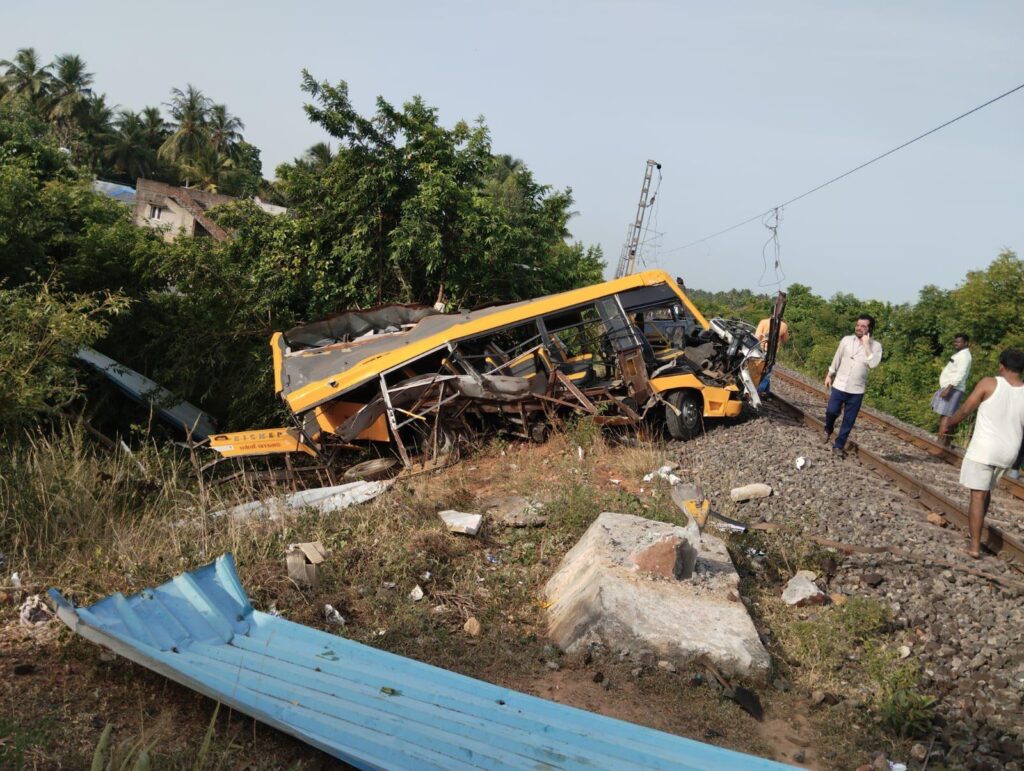Misinformation, secrecy, or strategic cover-up of Asim Munir’s Death?
Two conflicting reports raise serious questions about General Asim Munir’s status after India’s 2025 airstrikes. Following India’s Operation Sindoor—a series of airstrikes carried out from May 6 to 7, 2025, in retaliation for the April 22 Pahalgam terrorist attack—two contradictory reports have emerged regarding the status of Pakistan’s Chief of Army Staff, General Asim Munir.
The first report, claims that General Munir was relocated to a fortified bunker inside Pakistan Army’s General Headquarters (GHQ) in Rawalpindi on May 11, just days after India’s strikes, particularly one that targeted Nur Khan Airbase in Chaklala, Rawalpindi.
The second report, published earlier on May 4, 2025, in The Afghan Times, claims that General Munir died in a helicopter crash near Gilgit on May 3. It cites unnamed sources from the Combined Military Hospital (CMH), Rawalpindi, stating that Munir’s body was brought in under high security and confirmed dead by internal sources.These reports differ by more than a week in timeline and present opposite conclusions—one stating Munir is alive but in hiding, the other that he died prior to the airstrikes.
What Does the Timeline Tell Us?

The timing of the reports creates confusion:
- If Munir died on May 3, as reported by The Afghan Times, then the later claim of him being moved to a bunker on May 11 is factually impossible unless the report of his death was false.
- Conversely, if the May 12 bunker report is accurate, the earlier helicopter crash report must be either misinformation or part of an intentional narrative.
Given that it refers to the events that occurred after the alleged crash, such as the Indian strikes on May 6-7, it implies that Munir was still active or at least being protected. This raises the possibility that The Afghan Times report was either based on false intelligence, or the Pakistani government is concealing Munir’s death to avoid internal panic or external perceptions of instability.
Why Does It Matter and What Are the Implications?

The conflicting reports reflect the information vacuum and mistrust that often surrounds high-level military operations and leadership during conflict. Following Operation Sindoor, which marked one of India’s most extensive cross-border strikes in recent years, Pakistan’s internal response has appeared disjointed and chaotic:
- First, fake Arma 3 footage was shared from official Pakistani handles to portray retaliatory action.
- Now, unclear communication regarding the status of their top military leader raises red flags.
Whether Munir is alive and in hiding or deceased and being covered up, both scenarios point to crisis within Pakistan’s military leadership. It also shows the use of misinformation as a defensive tool, further eroding credibility during a tense geopolitical standoff.





















